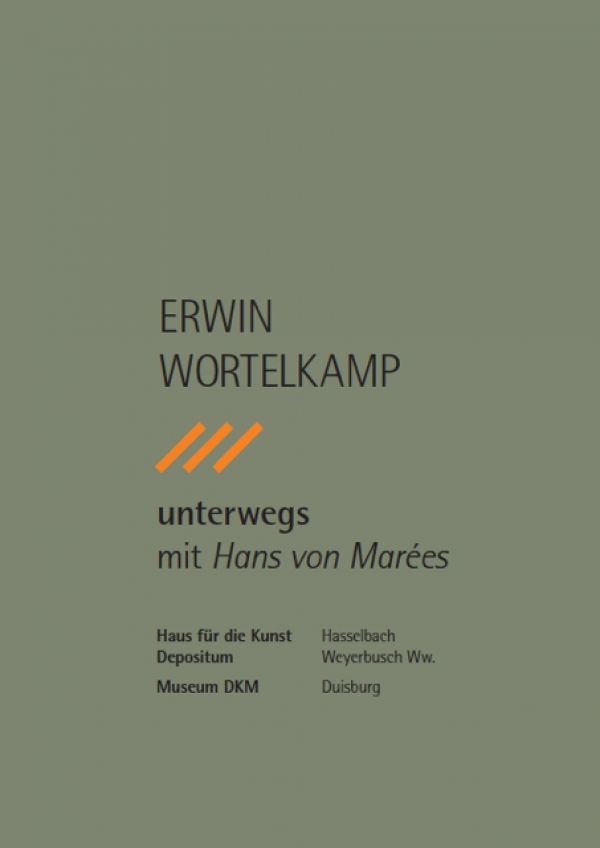Wortelkamp, Erwin

| Release date | Okt. 2011 |
| Languages | German |
| Format | 23.5 x 16.5 cm |
| ISBN | 978-3-89770-398-8 |
Sold out
Erwin Wortelkamp’s oranges do not digress; they stick to what the title proclaims, are reminiscent of Marées’ oranges as well as of the grand concept behind his painting; they pierce this reminiscence and leave it behind them. They lie on the floor at our feet, without plinths. Literally “embodied” elements of paintings; systematically arranged in such a way that they all seem to be the same, and yet remain individual, equally strong characters. But this “specialness” is actually not what it is all about. It was not first and foremost about creating individualized oranges, even though they are indeed all different, truly individuals, hand-made, in a way that is only done today in the context of art. The goal was, in my opinion, more than anything else to make them with relative ease, i.e. spontaneously, directly, uninhibitedly, elementarily, as the result of a simple act of forming. This means: switching off, letting go and letting happen, with a minimum of forming and shaping according to preconceived notions. This does not make sense in the context of Erwin Wortelkamp’s early work, neither does it correspond to the strict Latinity of his mid-career oeuvre; but the equanimity, with which he almost ignores Marées’ sophisticated compositional system, has something quietly rebellious about it, something stubborn. He says, this kind of thing belongs to the past. And he says it very politely and briefly. The surfaces of Erwin Wortelkamp’s sculptural oranges have little to do with the surfaces of Hans von Marées’ painted oranges. Wortelkamp does not imitate – he does not even imitate Marées’ models, namely the oranges themselves. Instead, he transmits the haptic nature of their sculptural form, in the same way that Marées painted this. And his ultimate goal is thus to lead the viewer back to a simple act of touching. (Karlheinz Nowald)


